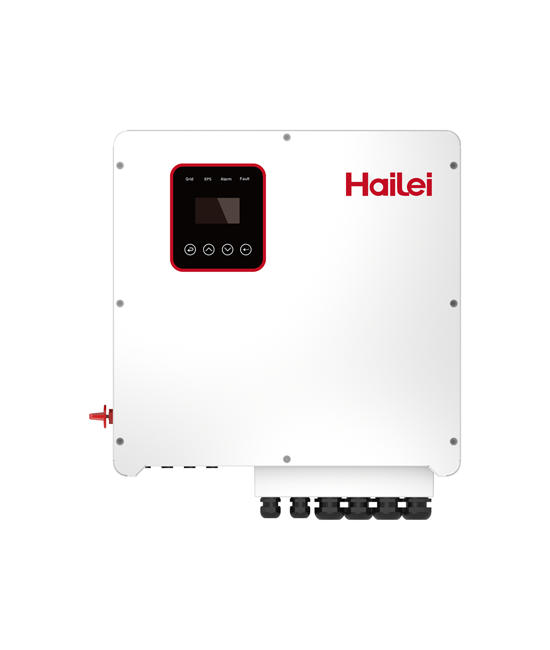Time:Dec 26, 2022 Views:595
For lithium-ion batteries, aluminum foil is usually used as the positive collector and copper foil is used as the negative collector. In order to ensure the stability of the collector inside the battery, the purity of both collectors is required to be above 98%. With the continuous development of lithium battery technology, we all hope that the energy density of the battery will be as high as possible and the weight of the battery will become lighter and lighter, whether it is a lithium-ion battery used in digital products or an electric vehicle battery. The most important thing in the collector is to reduce the thickness and weight of the collector, so as to intuitively reduce the volume and weight of the battery.

1. Thickness requirements of copper aluminum foil for lithium battery
With the rapid development of lithium battery in recent years, the collector for lithium ion battery has also developed rapidly. The positive aluminum foil has been reduced from 16um to 14um, and then to 12um. Now many battery manufacturers have mass produced and used 10um aluminum foil, or even 8um aluminum foil. As the copper foil for negative electrode has good flexibility, its thickness has been reduced from 12um to 10um, and then to 8um. Up to now, most battery manufacturers have used 6um in mass production, and some manufacturers are developing 5um/4um which are possible to use. Due to the high requirements for the purity of copper aluminum foil used in lithium ion batteries, the density of materials is basically at the same level. With the decrease of development thickness, the area density will also decrease accordingly, and the weight of batteries will naturally become smaller and smaller, meeting our requirements for lithium ion batteries.
2. Surface roughness requirements of copper aluminum foil for lithium battery
As for the collector, in addition to its thickness and weight, the surface performance of the collector also has a great impact on the production and performance of the battery. Especially for the cathode collector, due to the defects of the preparation technology, the copper foil on the market is mainly single side hair, double side hair and double side roughening. The asymmetry of the two side structure leads to the asymmetry of the contact resistance of the coating on both sides of the negative electrode, which makes the capacity of the two sides of the negative electrode can not be uniformly released; At the same time, the asymmetry of both sides also causes the inconsistent bonding strength of the negative electrode coating, which leads to the serious imbalance of the charge discharge cycle life of the negative electrode coating on both sides, thus accelerating the attenuation of the battery capacity.
Similarly, the positive aluminum foil also tries to develop towards double-sided symmetrical structure, but at present, due to the influence of aluminum foil preparation process, it is important to use single-sided polished aluminum foil. As aluminum foil is basically rolled from aluminum ingots with large thickness, the contact between aluminum ingots and rolls should be controlled during rolling. Therefore, lubricants are generally added to the surface of aluminum foil to protect aluminum ingots and rolls. The lubricants on the surface have a certain impact on the battery electrode. Therefore, for aluminum foil, the removal of lubricants from the surface is also a key factor.
3. Why use copper foil for negative pole and aluminum foil for positive pole?
First, copper aluminum foil has good conductivity, soft texture and low price. As we all know, the working principle of lithium-ion battery is an electrochemical device that converts chemical energy into electrical energy. In this process, we need a medium to transfer the electrical energy converted from chemical energy, and here we need conductive materials. Among ordinary materials, metal materials have the best conductivity, while copper foil and aluminum foil are cheap and have good conductivity. At the same time, in lithium ion batteries, we have two important processing methods: winding and lamination.
As far as winding is concerned, the pole piece used to prepare the battery must have a certain softness to ensure that the pole piece will not break when winding. Among the metal materials, copper aluminum foil is also a soft metal. Finally, consider the cost of battery preparation. Relatively speaking, copper aluminum foil is relatively cheap, and the world is rich in copper and aluminum resources.
Second, copper aluminum foil is relatively stable in the air. Aluminum is easy to react with oxygen in the air, forming a dense oxide film on the aluminum surface to prevent further reaction of aluminum. This thin oxide film can also protect aluminum in electrolyte. Copper is relatively stable in the air and does not react in dry air.
Third, the positive and negative pole potentials of lithium ion batteries determine that the positive pole uses aluminum foil, and the negative pole uses copper foil, rather than the reverse. With high positive potential, copper foil is easy to be oxidized under high potential, while aluminum has high oxidation potential, and aluminum foil has a dense oxide film on the surface, which also has a good protection for internal aluminum.

X

Appointment Experience